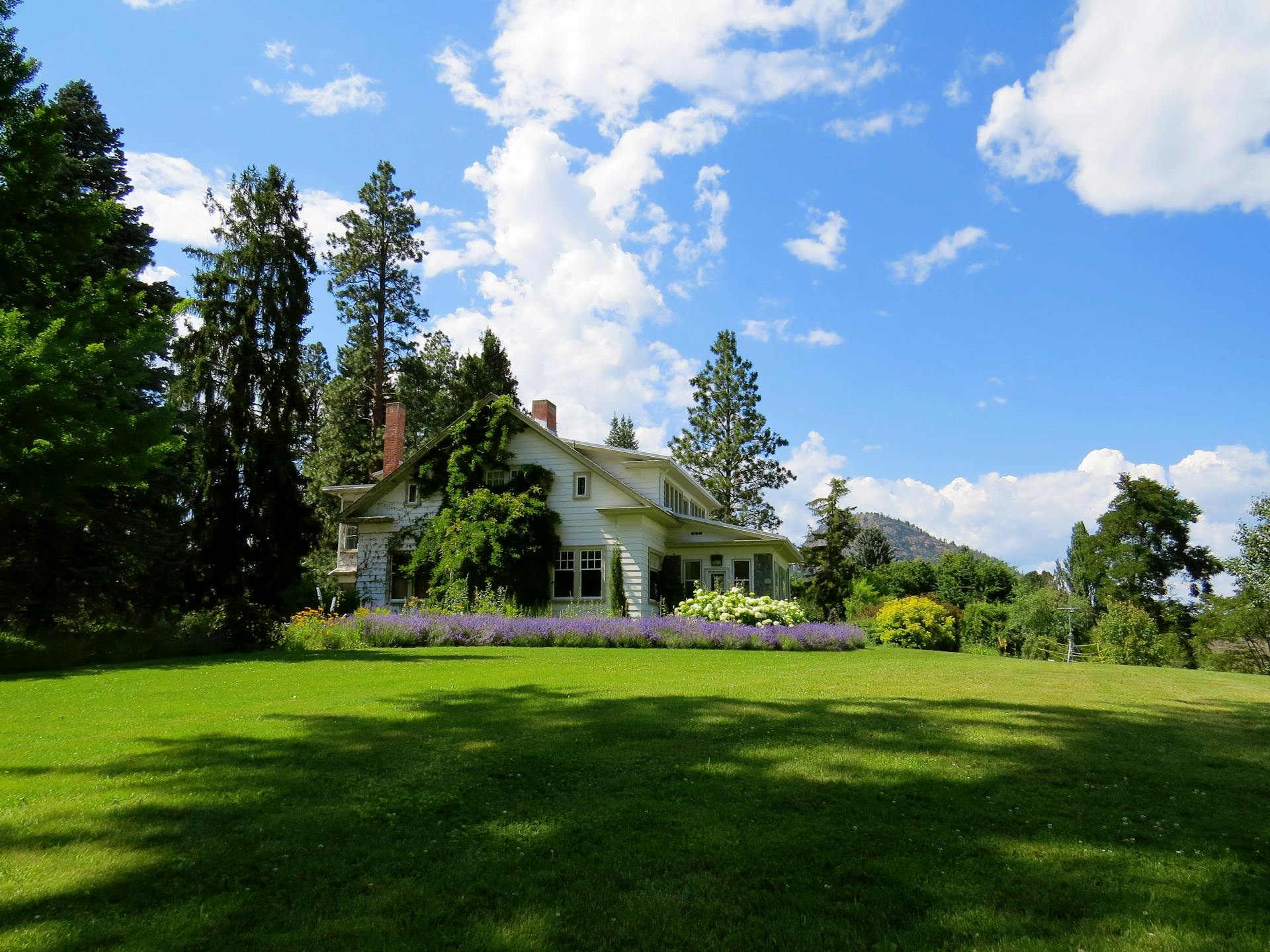Discover expert lawn care tips for various grass types! Our comprehensive guide offers expert insights to nurture a lush, healthy lawn. Learn more!
Maintaining a lush and healthy lawn requires grass species management. From cool-season fescues to warm-season Zoysia, each variety has its unique requirements for sunlight, watering, and mowing.
In this comprehensive guide, we will explore the different types of grass commonly found in lawns and provide expert lawn care tips for achieving a vibrant and well-maintained lawn.
Let's get started!
Cool-Season Grasses
Cool-season grasses are primarily found in the northern regions of the United States. These types of grasses thrive in cooler temperatures and tend to go dormant during hot summer months.
Kentucky Bluegrass
Kentucky bluegrass is a popular choice for lawns due to its dark green color, fine texture, and ability to withstand heavy foot traffic. This cool-season grass requires at least four hours of sunlight each day and needs to be watered deeply but infrequently.
Expert Tip
Set your lawn mower blade to the highest setting when mowing Kentucky bluegrass. This will promote deep-root growth.
Tall Fescue
Tall fescue is a hardy grass that can tolerate drought conditions and shade. It has a coarse texture and is a popular choice for high-traffic areas. When caring for tall fescue, it's essential to water deeply but less frequently and avoid using herbicides or pesticides that may harm the grass.
Expert Tip
Avoid mowing tall fescue when it is wet. This can lead to clumping and uneven cuts.
Warm-Season Grasses
Warm-season grasses thrive in hot and humid climates, making them ideal for lawns in southern regions of the United States. These types of grasses tend to go dormant during colder months and require less watering than cool-season varieties.
Bermuda Grass
Bermuda grass is a popular choice for warm-season lawns due to its ability to withstand high temperatures and drought conditions. It has a fine texture and requires at least six hours of sunlight each day.
Bermuda grass should be watered deeply but infrequently. Avoid overwatering as this can lead to thatch build-up.
Expert Tip
To prevent weeds, mow Bermuda grass at a height of 1-2 inches. You must also avoid scalping the lawn.
Zoysia Grass
Zoysia grass is a slow-growing but resilient warm-season grass that can tolerate both sun and shade. It requires less water than other types of grass and has a thick, lush appearance when properly maintained. Mowing frequently should be reduced in the summer to allow the grass to retain moisture.
Expert Tip
To prevent scalping, mow Zoysia grass at a height of 1-2 inches and avoid removing more than one-third of the leaf blade at a time.
To ensure this, integrating professional lawn service into your routine can take your grass care to the next level. They provide lawn health management services to keep your lawn looking its best year-round.
Centipede Grass
Centipede grass is a low-maintenance warm-season grass that thrives in humid climates. It has a medium texture and requires minimal fertilization and watering.
When mowing centipede grass, it's essential to keep the height between 1-2 inches. Also, avoid overfertilization, as this can lead to thatch build-up.
Expert Tip
Avoid heavy traffic on newly planted centipede grass as it is slow to establish.
Utilize These Expert Lawn Care Tips Today
This guide has provided valuable insights on expert lawn care for various types of grass. By following these tips and techniques, you can transform your lawn into a beautiful and vibrant outdoor space.
So whether you have Bermuda, Fescue, or Zoysia grass, don't hesitate! Follow these tips and start transforming your lawn today!
Was this article helpful? For more content like this, make sure to check out the rest of our site.
